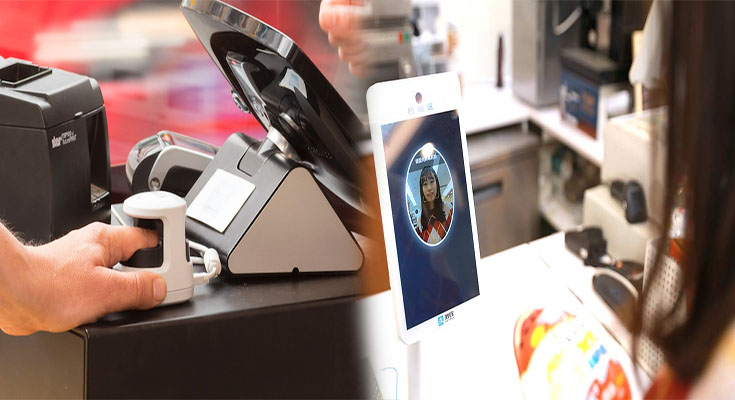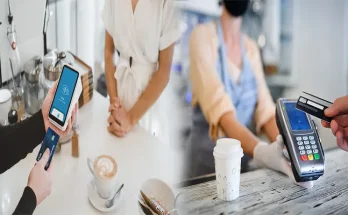Biometric payments are the future. But what does that really mean? Are biometric payments secure? And how do they work? I’ll try to answer some of those questions here.
Fingerprint readers are everywhere.
Fingerprint readers are everywhere.
They’re used for unlocking phones, tablets and laptops. They’re used to authorize payments at stores and online. And they can even be used to access your car or safe using an app on your phone.
Fingerprints have become so common that many people don’t even think about them anymore–and that’s exactly why criminals can use them against you.
Most people use their fingerprint to unlock or authorize their phones or tablets.
Most people use their fingerprint to unlock or authorize their phones or tablets. Some devices have both face and fingerprint recognition, where you can choose which way you’d prefer to sign in.
If you want to use your face instead of a PIN code, follow these steps:
- Go into Settings > Security & Location > Face ID (or Touch ID). If there’s no Face ID option available, then that means your phone doesn’t support it yet–but stay tuned! The next version of iOS will include this feature for all new iPhones coming out later this year.
- Turn on Use Facial Recognition by tapping on the green button next to “Face ID” or “Touch ID” (depending on how many options are available).
And some people have used their fingerprints to pay for things, like at a gas station that accepts Apple Pay.
And many people have used their fingerprints to pay for things, like at a gas station that accepts Apple Pay.
This is an example of biometric payments. Biometrics are physical characteristics that you can use to identify yourself–like your fingerprint or face.
Face ID on the iPhone X uses Face ID to scan your face and then verify your identity.
- Face ID uses a 3D map of your face to verify your identity.
- It’s more secure than Touch ID because it can’t be fooled by a photo or mask.
- The technology works by projecting 30,000 infrared dots onto your face and then analyzing them in order to create an accurate model of its shape and contours.
It’s not clear yet how secure this biometric approach will be, but so far it seems safe enough.
It’s not clear yet how secure this biometric approach will be, but so far it seems safe enough. Biometrics are not as secure as passwords or PINs, but they’re also more convenient for users. Fingerprint readers are not as secure as passwords or PINs, but they’re also more convenient for users (assuming you trust your phone manufacturer). The iPhone X’s face ID system is not quite as convenient for users who want to unlock their phones without looking at them; it requires you tilt your head up toward the screen and look directly into its camera lens instead of just holding down the power button like before.
Biometric payments aren’t as secure as passwords or PINs, but they’re pretty close.
Biometric payments aren’t as secure as passwords or PINs, but they’re pretty close.
Biometrics are more convenient than passwords because you don’t have to remember them–they’re stored in your phone. And they can be more secure than a four-digit passcode because they’re harder to guess. But they aren’t perfect: A fingerprint can be replicated with a fake finger made of gelatin or latex (this happened at the Mobile World Congress in Barcelona this year). And facial recognition may not work well if you wear glasses or grow facial hair regularly or have an unusual bone structure.
Biometrics can work well for paying for things, but you should still use caution when deciding whether to trust them with sensitive information
Biometrics are not as secure as passwords, but they’re pretty close. Biometric authentication systems use unique physical characteristics to identify a user. Fingerprints, for example, are hard to replicate and can be used for verification in a variety of settings. However, biometric systems are not foolproof and have been shown to be vulnerable to spoofing attacks–where someone mimics another person’s fingerprint or face by using an image from the internet or some other source–or even more sophisticated ones where hackers access your device via malware and take control over its sensors so that it registers their own fingerprint as yours when you try to log in with yours!
Biometrics are getting more and more popular, but they’re not perfect. They can be hacked and compromised, just like anything else. However, this doesn’t mean that you should avoid using them altogether–they do offer some advantages over traditional methods of authentication like passwords or PINs. If you’re looking to try out a new payment method or just want something more convenient than carrying cash around with you everywhere (like me!), then biometrics might be worth considering as long as you take some precautions first





